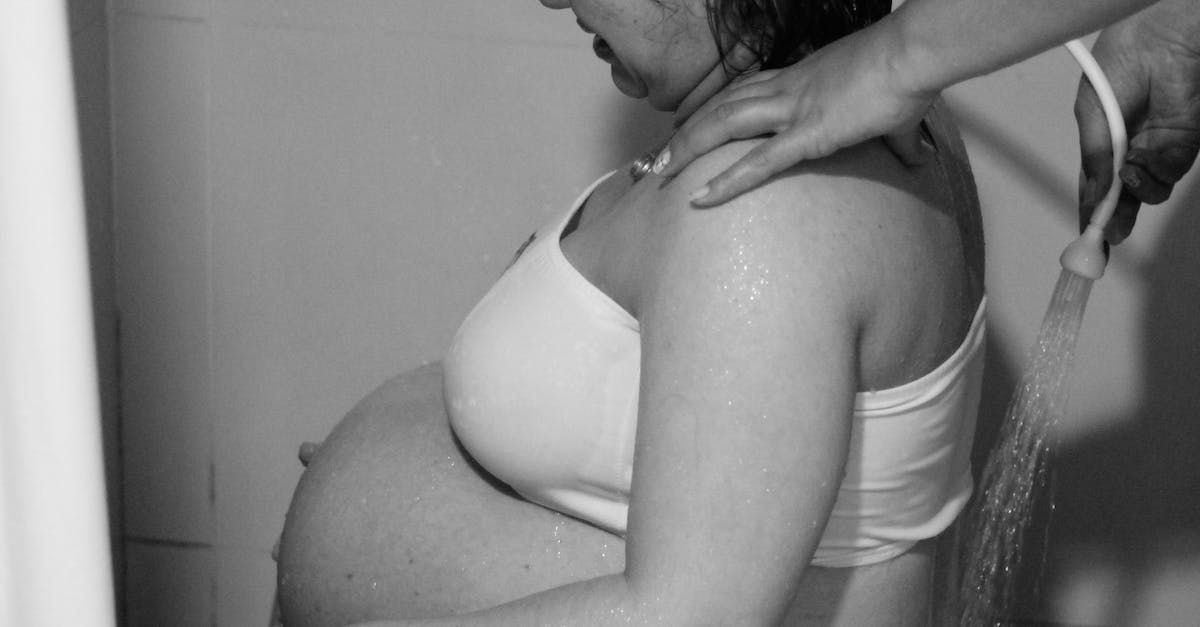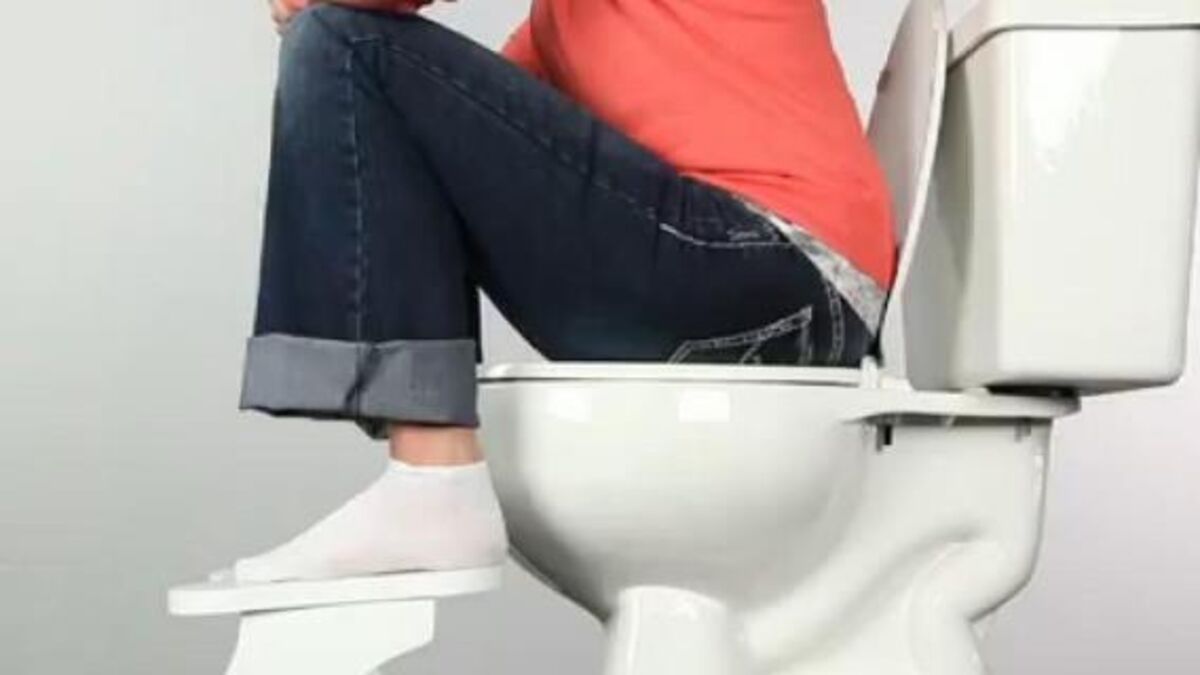What in the world is "Pelvic Floor Therapy?!"
...And why should I care?

Pelvic floor physical therapy is a specialized branch of physical therapy that focuses on assessing and treating various conditions related to the pelvic floor muscles. The pelvic floor refers to a group of muscles, ligaments, and connective tissues that provide support to the pelvic organs, including the bladder, uterus (in females), and rectum. These muscles also play a crucial role in managing the pressures in the abdominal cavity, controlling for urinary and fecal continence, sexual function, and stabilizing the pelvis and spine.
Pelvic floor physical therapy is aimed at helping individuals who are experiencing dysfunction or pain in the pelvic region. Some common conditions that pelvic floor physical therapy can address include:
1. Pelvic Pain: This can be chronic or acute pain in the pelvic region, often associated with conditions like pelvic floor muscle tension, pregnancy, vulvodynia, interstitial cystitis (IC), or endometriosis.
2. Urinary Incontinence: Pelvic floor physical therapy can help individuals with stress incontinence (leakage of urine during activities that increase abdominal pressure such as coughing and/or sneezing) or urge incontinence (strong, sudden urge to urinate) or mixed incontinence, where both types of incontinence .
3. Fecal Incontinence: Similar to urinary incontinence, this involves the involuntary leakage of feces. Pelvic floor physical therapy can help improve bowel control.
4. Pelvic Organ Prolapse: This occurs when pelvic organs, such as the bladder, uterus, or rectum, descend or bulge into the vaginal or rectal area due to weakened pelvic floor muscles.
5. Dyspareunia: Painful intercourse can be caused by various factors, including muscle tension and trigger points in the pelvic floor muscles.
6. Pre- and Postnatal Care: Pelvic floor physical therapy can help pregnant and postpartum individuals manage pelvic pain, prepare for childbirth, and recover after delivery. In addition, pelvic floor physical therapy can aide in reducing labor time and tear risk if participated in during pregnancy.
7. Post-Surgery Rehabilitation: After surgical procedures involving the pelvic region (e.g., hysterectomy, prostate surgery), pelvic floor physical therapy can aid in recovery and prevent complications.
It's important to note that pelvic floor physical therapy should be conducted by a trained therapist who specializes in this field. If you're experiencing any pelvic-related issues, consider consulting a healthcare professional to determine if pelvic floor physical therapy might be beneficial for you.










